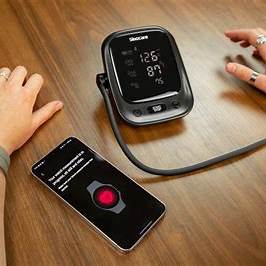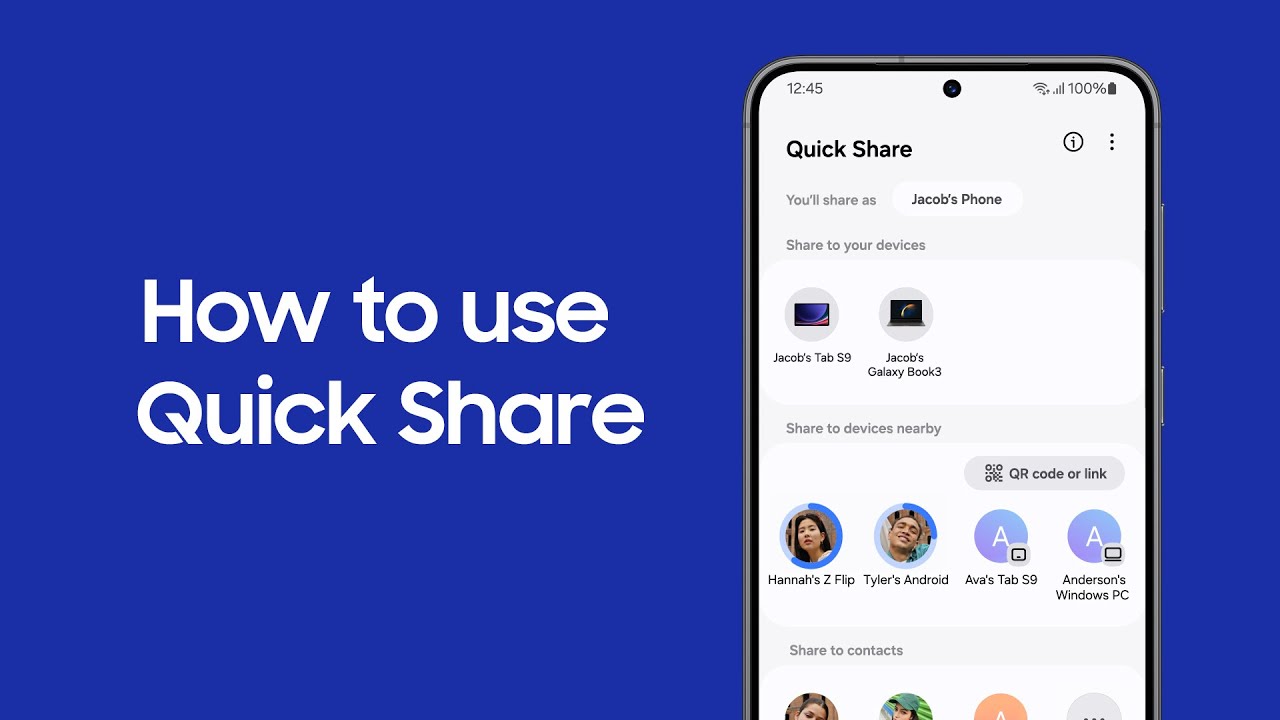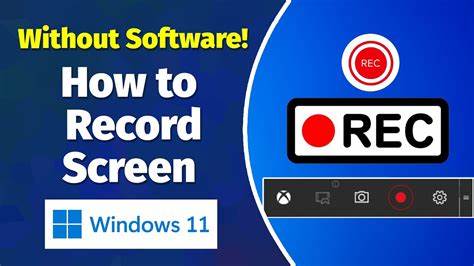Measuring blood pressure on a Samsung Galaxy Watch is a convenient way to monitor your health. This feature is available on select models and requires initial setup and calibration. In this guide, we’ll walk you through the steps to measure your blood pressure using your Galaxy Watch.
Compatible Galaxy Watch Models
Blood pressure monitoring is available on the following Samsung Galaxy Watch models:
- Galaxy Watch Active2
- Galaxy Watch3
- Galaxy Watch4
- Galaxy Watch4 Classic
- Galaxy Watch5
- Galaxy Watch5 Pro
- Galaxy Watch6
- Galaxy Watch6 Classic
- Galaxy Watch7
Note: Blood pressure monitoring requires a Samsung Galaxy smartphone running Android 7.0 or later.
Step-by-Step Guide to Measure Blood Pressure
- Install Required Apps
- Samsung Health Monitor App: Ensure the Samsung Health Monitor app is installed on both your Galaxy Watch and Samsung smartphone.
- Samsung Health App: This app should also be installed on your smartphone to sync health data.
- Calibrate Your Galaxy Watch
Calibration is necessary to ensure accurate blood pressure readings. You’ll need a traditional blood pressure monitor (cuff-based) for this process.
Calibration Steps:
- Wear your Galaxy Watch snugly on one wrist.
- Place the cuff of the traditional blood pressure monitor on the opposite arm.
- Open the Samsung Health Monitor app on your smartphone.
- Follow the on-screen instructions to start the calibration process.
- Measure your blood pressure using the traditional monitor.
- Enter the systolic and diastolic values into the app when prompted.
- Repeat this process two more times within 30 minutes.
Note: Calibration must be repeated every 28 days to maintain accuracy.
- Measure Blood Pressure Using Your Galaxy Watch
After successful calibration:
- Open the Samsung Health Monitor app on your Galaxy Watch.
- Select Blood Pressure.
- Tap Measure.
- Remain still and quiet during the measurement.
- Once complete, your systolic and diastolic readings will be displayed.
Tip: For best results, rest for at least 5 minutes before measuring, and ensure your arm is at heart level.
Understanding the Limitations
While the Galaxy Watch provides convenient blood pressure monitoring, it’s important to understand its limitations:
- Not a Medical Device: The Galaxy Watch is not intended for medical diagnosis or treatment.
- Calibration Dependency: Accuracy depends on regular calibration with a traditional monitor.
- Environmental Factors: Movement, temperature, and improper wearing can affect readings.
Troubleshooting Tips
- Inaccurate Readings: Ensure the watch is snug on your wrist and that calibration is up to date.
- App Issues: Restart your devices and ensure all apps are updated.
- Feature Unavailable: Blood pressure monitoring may not be available in all regions.
Conclusion
Monitoring your blood pressure with a Samsung Galaxy Watch is a convenient way to keep track of your health. By following the calibration process and understanding the limitations, you can effectively use this feature as part of your wellness routine.






